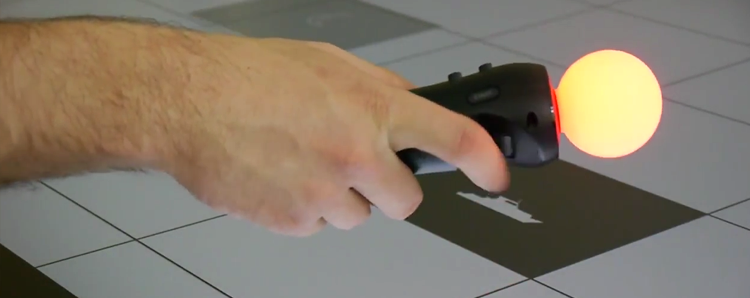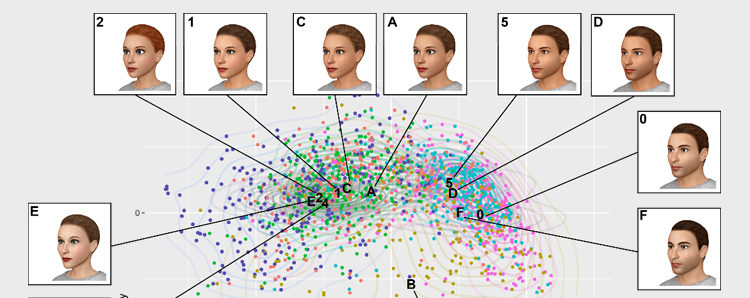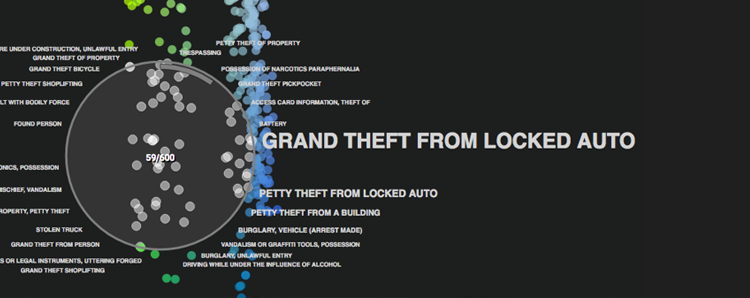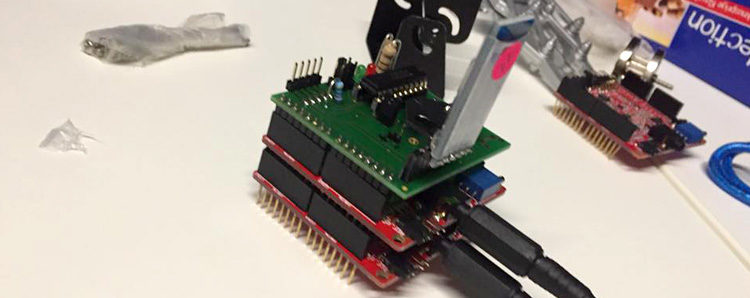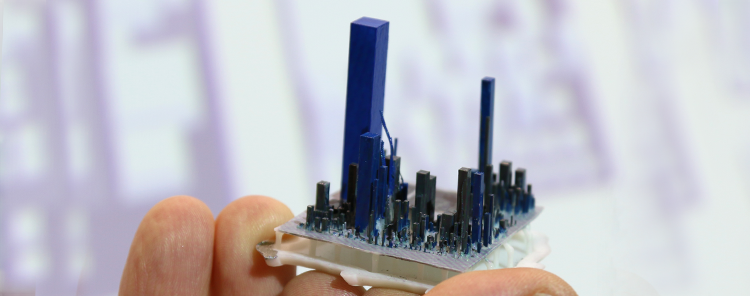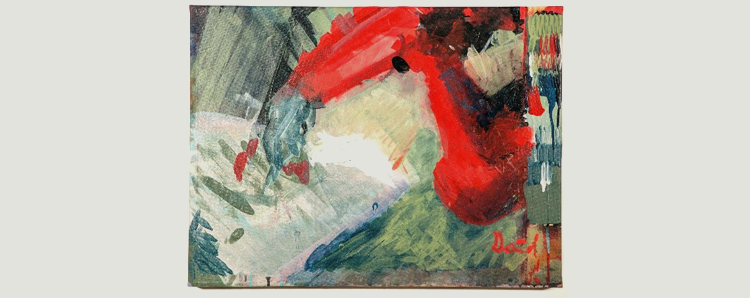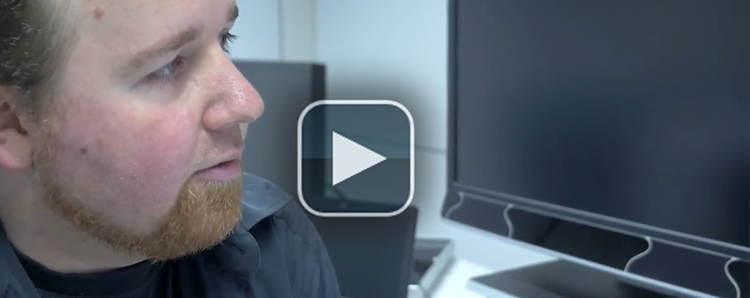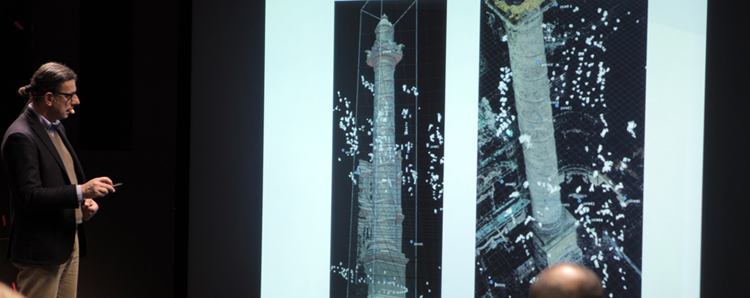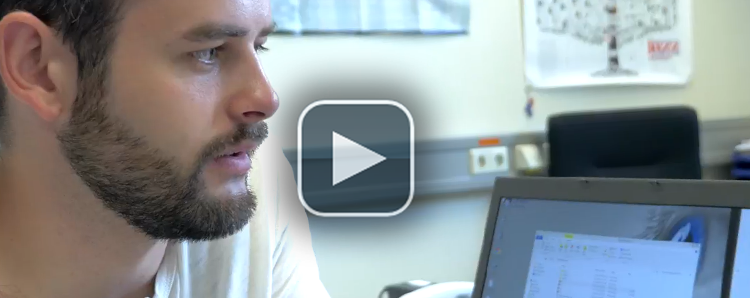Spatial Memory is an essential part of our everyday life: There is no need for a map to find the way to our best friend’s home, we know where to find milk cartons in our preferred supermarket, and most of the time we remember where we placed the remote control of our TV. In a similar way, spatial memory and technology can be also combined: The desktop of our laptop represents a physical desktop and like in a physical environment, documents and tools can be placed at different positions. Navigating to them is easy when done regularly.
Memory in Motion
